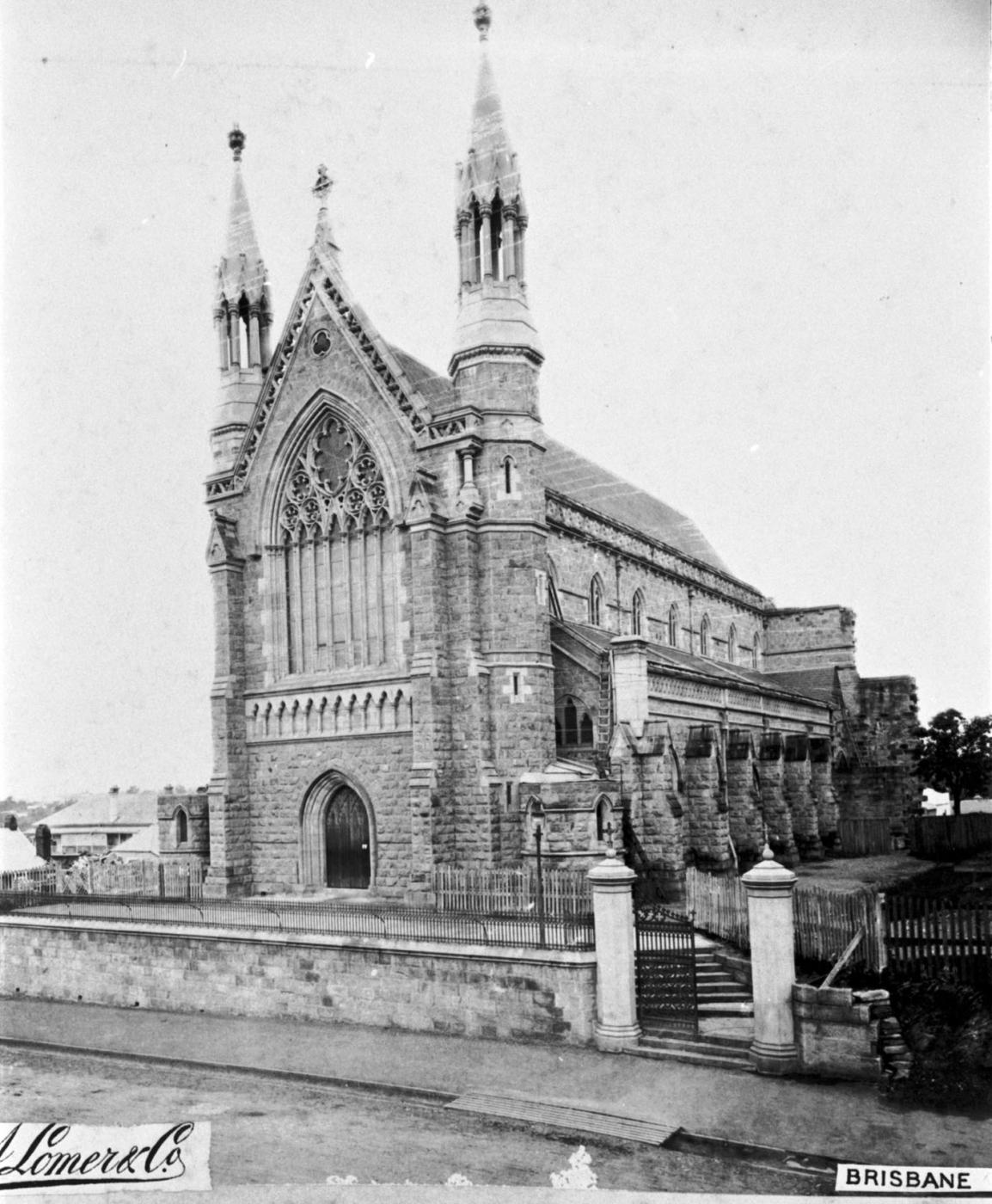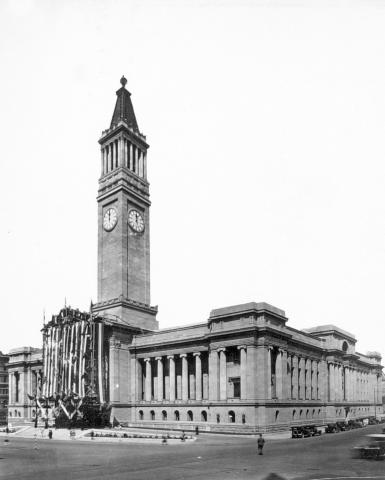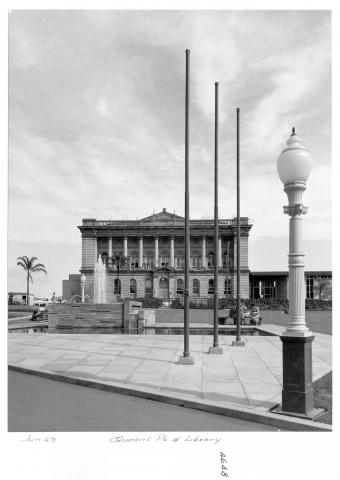St Stephens Cathedral
St Stephens Cathedral, Brisbane
The land at the site was originally designated for church purposes in 1847. Six allotments of section 33 were set aside for the use of the Roman Catholic Church in September 1848 with the original deeds of grant being signed by Governor Charles Fitzroy in November 1849. Father Hanly, one of the first parish priests, purchased allotment 13 in 1851 and allotment 6 in 1854 and a further 18 perches of land was bought by Bishop Quinn in 1877 to extend the school playgrounds.
From the early days of free settlement, Brisbane's Catholic population was significant as they comprised 30% of residents in 1846. By 1861 Catholics constituted about 25% of the total Queensland population. St Stephens Cathedral was the third site for Catholic worship in Brisbane. Services were originally conducted in a rented brick building near the corner of Elizabeth and Albert Streets until 1850 when Old St Stephens Church was completed. In 1859 with the separation of Queensland, the Archdiocese of Brisbane was created with James Quinn as the first bishop. Quinn, who did not arrive from Ireland until 1861, planned a large cathedral to accommodate a growing congregation and on the Feast of St Stephen (26 December) in 1863 he laid the foundation stone for a grand cathedral designed by Benjamin Backhouse. The project was to be completed in stages and about one-third of the total area of the foundations was laid in 1864, after which work ceased for several years during the economic crisis of the later 1860s. In the late 1860s R George Suter was commissioned to design a smaller, simpler building than the one originally planned and in 1870 work recommenced on the existing foundations. By early 1874 the nave of the cathedral was sufficiently completed for the opening service to be held on 17 May, but work continued for several months after this date.
In 1884 the top of the west gable was completed and the two sandstone spires were added. In October 1887, the cathedral was furnished with four benefactors' gifts: a large French-made Carrara marble altar with a relief panel of the Last Supper, and three stained glass windows made in Munich. One window depicted the Sacred Heart, the second showed the resurrection of Lazarus and the third was a group of three medallions showing the Lamb with the Cross, St John and the Virgin and Child. The medallions were installed over the northern door.
Then and now...

You might also like
Location of this image
View Larger Map | See more historic photographs
- Category
- Time period
- Flickr URLFlickr - QSA

